What is Dynamic Realism?
"Dynamic - Pertaining to or characterised by energy or effective action; vigorously active or forceful; energetic; Physics: of or pertaining to force or power, of or pertaining to force related to motion. "
"Realism - Treatment of forms, colours, spaces etc. in such a manner as to emphasise their correspondence to actuality or to ordinary visual experience."
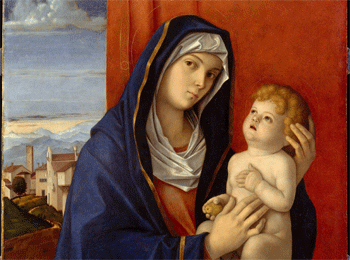
The History Behind Dynamic Realism
Realism and the significance of conveying the real became increasingly important following the middle ages, where its peak is considered to have culminated in the 'high renaissance' period with a type of realism known as 'Renaissance Classicism'.
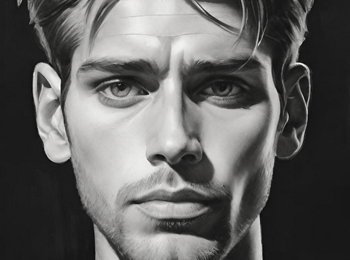
Realism In The World Now
Audiences expect more from realist representations, because constructs of imagined realities are constantly surrounding us in the media we absorb daily. New ways of showing 'realities' in the media is growing with the use of HD, 3D, and AI becoming common...
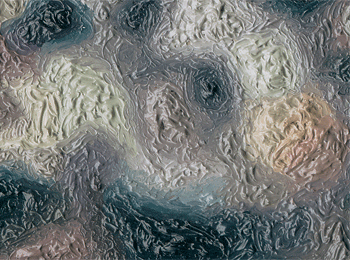
The Position Of Dynamic Realism
Dynamic Realism explores the areas left open by the realism of the past and the present. Dynamic Realism and its development has been one of navigation and application of artistic skill, mathematical sciences, learning and curiosity.
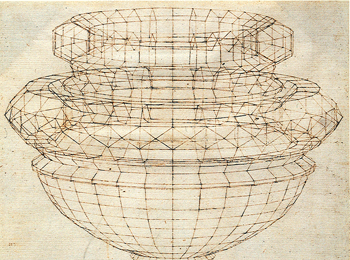
The Dynamic Realist Thought Process
The dynamic realist thought process explores and decodes perceptual consciousness, or more simply put: how the human mind is aware of its surroundings, how it sees and what it is seeing.
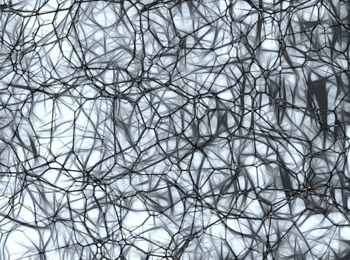
Dyslexic Beginnings
I credit my dyslexia with giving me the ability to understand and explore the world around me and how my perceptual awareness is generated. It also gave me an immense inner drive to work until something was 'right.'
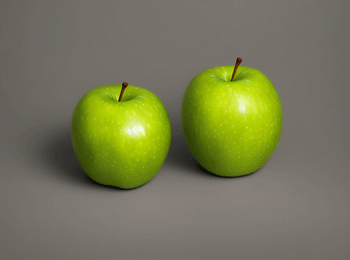
The Battle of Conscious Perception
The separate areas used by the brain to form our conscious perception (identified by neurophysiology) are known to work together to provide us with mental images of the world around us.
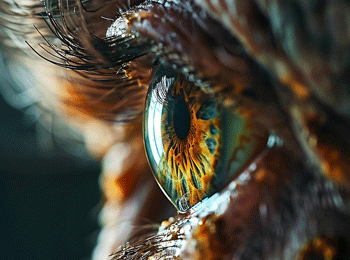
Disabling The Auto Pilot
What happens when you switch off the autopilot? Well at first you can't, but this is viewed not as a barrier but as a start point from which to build awareness of how it works.
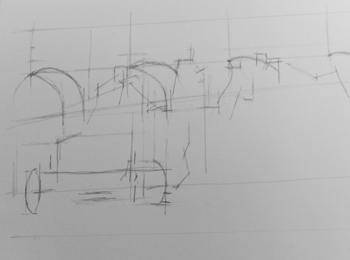
Decoding Reality
By segmenting the components that make up what we 'see', is to study how they interacted when recorded on the page, with autopilot on. From this, tests or exercises were given to shake up the normal method used by the brain to relay information about what is seen...
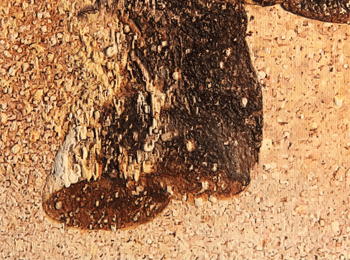
Unexpected Recoding Results
As the composition takes shape something strange begins to happen, which is hard to put into words. All my works contain an energy, whether the subjects are moving or not.
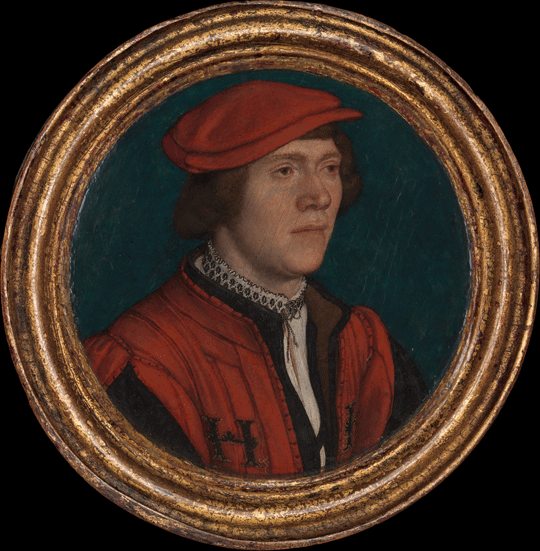
The History Behind Dynamic Realism
Realism and the significance of conveying the real became increasingly important following the middle ages, where its peak is considered to have culminated in the 'high renaissance' period with a type of realism known as 'Renaissance Classicism'. Renaissance Classicism was born from the world of the 'superstar' artist, and saw the competitive artistic rivalries of master painters such as Leonardo, Michelangelo and Raphael.
The artists themselves were driven by trying to reach a level of 'perfection' in the execution of their works, they were mimicking God as the creator of the real world and they amazed their viewers with their representations of god's created world. These artists competed for the best and most influential clients who wanted to acquire artworks which to them, were expressions of divinity that brought them closer to God.
High Renaissance artists achieved the ideal of harmony and balance comparable with the works of ancient Greece or Rome. Renaissance Classicism was a form of art that removed the extraneous detail and supposedly showed the world as it was.
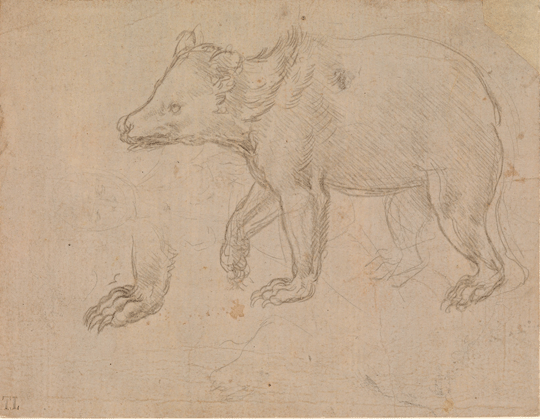
These artists were seen to have achieved a level of 'divine' execution, that gave viewers access to subjects which depicted a raw beauty in the expression of the human form and its interaction with the world. Realist art of this time reconciled the world of reality as it was seen and that of religion and ideology.
Artworks were no longer representations of an imagined world, realism was used like a mirror, reflecting and resonating with people who began to recognise themselves and their emotions in the painted allegorical figures. Icons, were reachable, recognisable, human.
Realism was used as one of the most powerful forms of communication, as it created a connective bridge between reality and the divine. Artists were seen to portray forms, colours and proportions, light and shade effects, spatial harmony, composition, perspective and anatomy with total control and a heightened level of accomplishment.
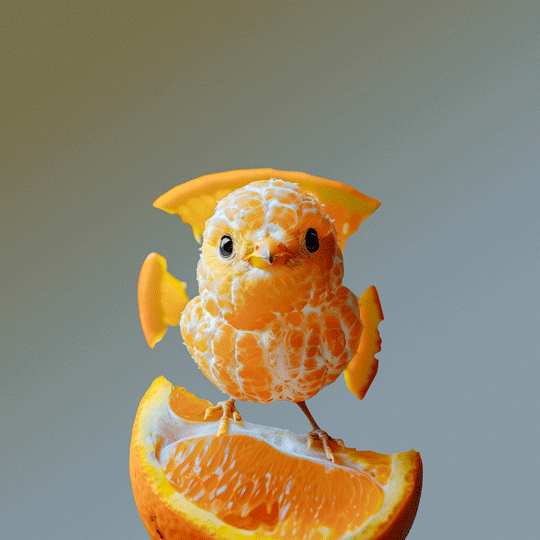
Realism In The World Now
However, the realism of Renaissance Classicism could only go so far when it came to representing the world as it really was. The artists way of 'seeing' was influenced by the ideology and religion of their world and their time. Patrons wanted to identify with the artwork they commissioned, it presented a window to them from which to view and to connect with the 'divine' from their own human perspective. Ideology, commercial demand and religion restricted these artist's 'true' sense of sight, infiltrating their artworks that showed realities as they should look rather than how they did look.
This transference of what patrons envisaged as real representations and the actual reality of a subject deeply effects modern or contemporary realism. ‘New’ realism also suffers from short sightedness when it comes to constructing reality for what it is. This is largely due to artistic drive and comprehension being stunted by the modern commercial environment that would rather have artists following commercial demand rather than artistic growth and philosophy.
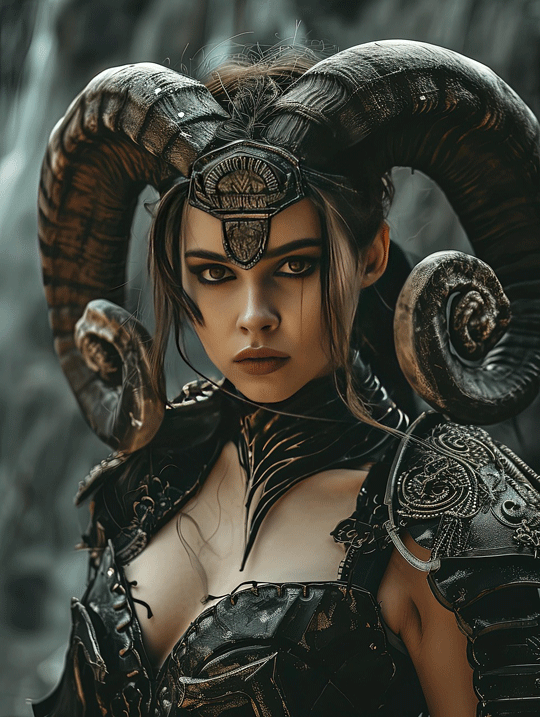
The result is it now appears the realist art market has run out of original things to say. Saturated with reproductions and techniques of what has gone before; traditional forms of realism suffer in competition with the digital world of photography, film and Generative AI. Technology is now purportedly ‘advancing’ in the way 'reality' is brought to our attention. Hyper-Realism and Photo-Realism what is the point?
Audiences expect more from realist representations, because constructs of imagined realities are constantly surrounding us in the media we are absorbed by daily. New ways of showing 'realities' in the media is growing with the use of HD, 3D, and AI enhancements becoming common and there is a renewed attention to get a highly crafted finish to digitalised realities. Film and media companies are becoming the new Renaissance masters, Pixar is the new Raphael, submersive worlds of the gaming industry, the new Da Vinci.
Most contemporary realist art has lost attention and the ability to teach people anything new about their world, it has lost the ability to form a connection and unlock wonderment in the audience. There is a distinctive divorce of interests between the viewers need for experience and the perception of the value of the creative process itself. It is time to understand again the value of purely human endeavour and its effect on our thought processes and creative expressions that connect us to our sense of reality.
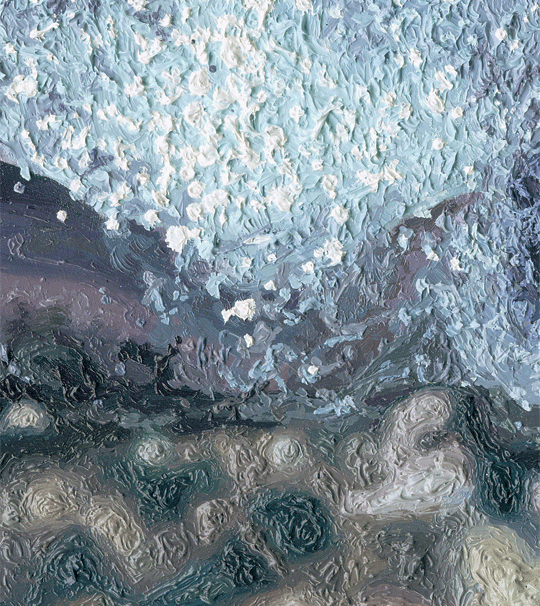
The Position of Dynamic Realism
Dynamic Realism explores the areas left open by the realism of the past and the present. Dynamic Realism and its development has been one of navigation and application of artistic skill, mathematical sciences, learning and curiosity. It is a realism that is fascinated with the complexity and interconnection of motion, psychology and the interrelation of the elements that create reality.
At it's heart is the examination of 'reality' and what it actually is. Dynamic Realism has provided an understanding of cognitive processes and their relation to sight that allow us to make sense of our world. It has provided the framework for decoding and re-coding reality and has enabled a way of seeing what is really there, what we see, not what we think we can see and not what is expected to be seen.
Realism as an art genre has not had any fundamental advances in development for a long period of time. No one saw an opportunity to see what reality would reveal to them if it was explored further, to most the map was drawn, there were no grounds for advancement, there was no new territory. Selling realist art in the climate of the current art industry (through a commercial gallery) does not allow for the exploration and development of the genre because exploring reality takes time, patience and dedication to get beyond what has gone before.
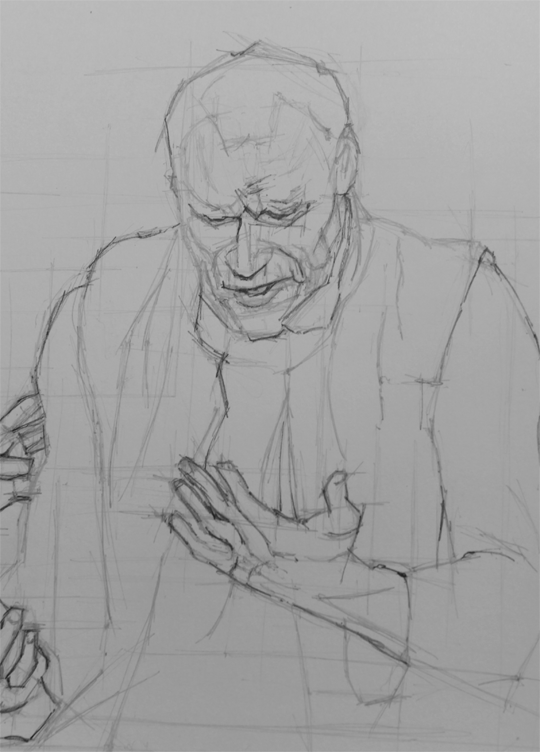
Dynamic Realism evolved from questions: Is there a way of engaging with the surfaces and textures of reality? Is there a realist technique that reaches beyond 'Renaissance Classicism', 'photorealism' and 'illusionism'? A method of realist painting that is not lessened or duplicated by photographic or digital technologies, that provides a renewed sense of uniqueness and craftsmanship? What is the energy that engages and how can it be captured on a surface? What is the human mind capable of when it comes to understanding reality? How do we make sense of the world around us, and how can this be translated into works that unlock a deeper level of resonance to a viewer?
Elements of reality have been captured successfully to varying degrees by other artists, for example combining realism and illusionism is not new. However, being able to bring movement alive within a work that also conveys a three-dimensional method of painting arguably is. It is rare to find an artist with the technical capabilities to capture all six attributes associated with 'Dynamic Realism' and display them in one artwork.
Observers of Dynamic Realist artworks comment on them being 'alive' due to the colour, action and psychology portrayed. The technique used allows the paint to carry a luminosity associated with Pre-Raphaelite / Neo –Classical works rather than the flat paint and dull palettes of most contemporary realist art.
Dynamic Realism has been a product of thousands of hours of practice and mental exploration of trying to find something more, of trying to get beyond the mathematically based illusion of space (perspective).
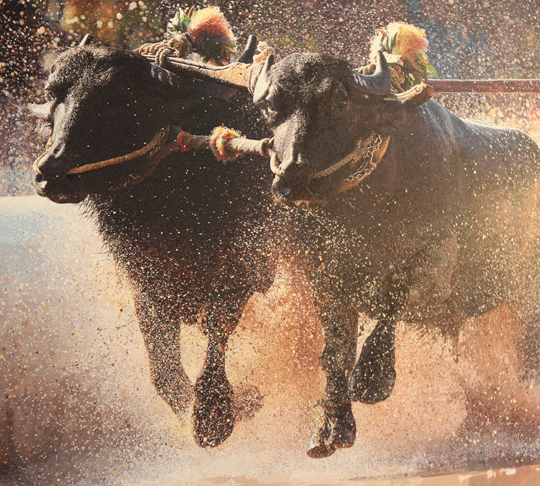
Perspective brings forth a whole new level of complexity when trying to portray an accurate moment of time, in conjunction with a painting technique that is always exploring boundaries of thickness, texture, accuracy and how visual perception works.
Dynamic Realist artworks examine the elements of reality – the light, colour, shadows, form, perspective, balance and tension of elements, interrelated space, sound, psychological state of subjects depicted, perceptions and assumptions of the mind of the viewer and the artist during the creative process. These elements form the key attributes that are contained within a work of Dynamic Realism.
The Dynamic Realist technique is capable of taking on subjects of great complexity and scale, works of historical, ecological and cultural significance that engage people with the exceptional real.
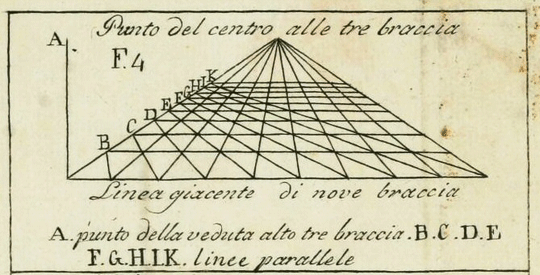
The Dynamic Realist Thought Process
The dynamic realist thought process explores and decodes perceptual consciousness, or more simply put: how the human mind is aware of its surroundings, how it sees and what it is seeing.
Through the advancement of scientific technology, it is now possible to understand which areas of the brain are used to create the formation of mental images. Neurophysiologists know that perception of motion and perception of colour for example are processed in two distinctly separate regions of the brain.
It has become a great puzzle as to how we form a mental image, due to the ingredients that make up that mental image coming from many distinct but widely separated regions of the brain.
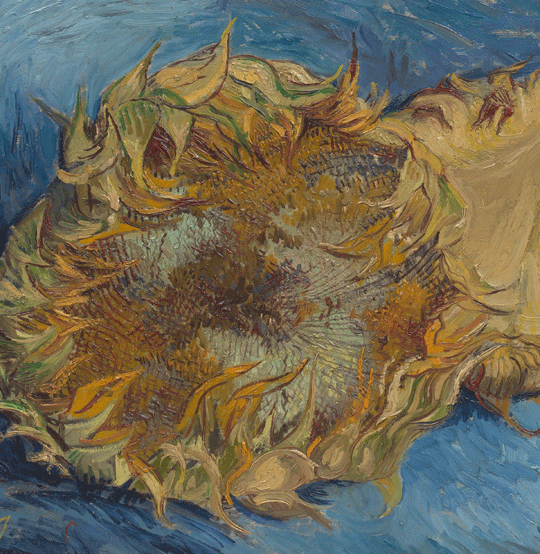
The puzzling part is that we do not seem to be consciously aware of these distinct parts and their operation when we create and comprehend visual images that we see as our surroundings.
At the heart of the Dynamic Realist thought process, is the ability to be aware of how these separate areas work and are engaged to form comprehension. The application of this thought process reveals how and to what extent the areas can be consciously made to work independently and in combination to create greater perceptual awareness.
To understand the elements of reality a process frame work has been developed to bring structure to the creation of a piece. This framework has developed out of a method of 'seeing' reality as it is and an awareness of cognitive processes that allow us to make sense of our world. It has thrown open the doors to the comprehension of the 'real' and what it can teach you as you 'see' it.
This framework of understanding has enabled Abbey Walmsley to be able to understand time and the elements that construct reality to the point where she can create new realities that never existed, as a result
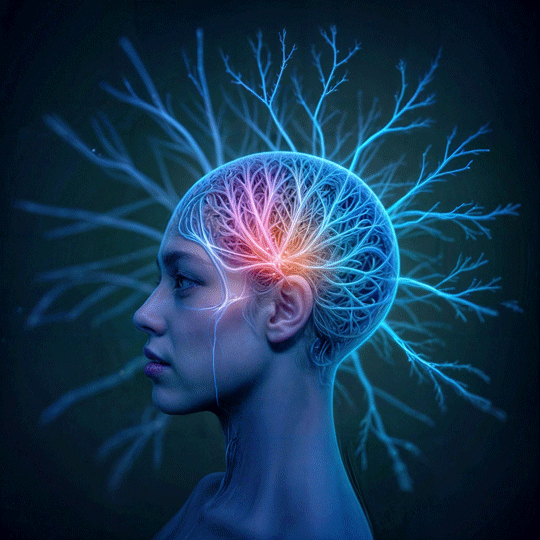
Dyslexic Beginnings
Abbey Walmsley credits her dyslexia with giving her the ability to understand and explore the world around her and how her perceptual awareness is generated. Dyslexia also gave her an immense inner drive to work until something was 'right.'
Working with a dyslexic mind makes you highly aware of your thought processes, and how they appear to let you down. Abbey always had to go through a process of rechecking to get it 'right' in the eyes of others. She developed all kinds of memory association games to get to the point where she was seeing the world how she should, with the letters and words in the right order.
Abbey was very conscious that there was an ever present conflict in her ability to process information – what she wanted to put down on paper was not what she had put down, what she wanted to read was not what she read.
It took a large amount of concentration to get her brain to operate and present information as well as others and to keep up with her comprehension. Abbey found herself only learning what she needed to learn to get what she needed. For example she didn't need to learn the words for grammatical expression, she just needed to know why, where and how grammar should be used.
Abbey would save energy by cutting these corners, as long as the appearance on the page looked fine. It always played on her mind that despite appearing to know, she was leaving out a lot of learning.
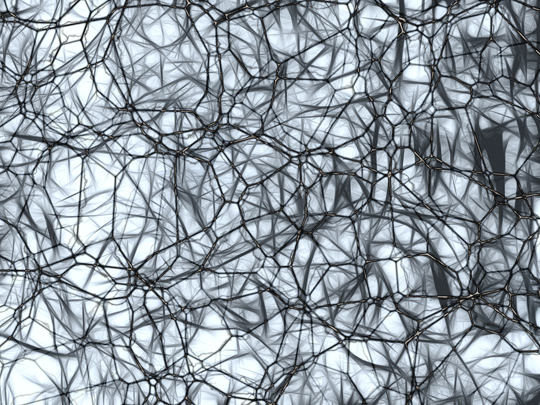
For words she had to learn to read, spell and string together, she often used a visual symbol related to the word or letter as a way to remember and to enable her to correct herself. There was a pattern or framework of thought she employed to stabilise the outcome and to avoid and spot mistakes she had already made.
Art presented another form of communication and one that Abbey excelled at. She could mix colours accurately with no training and portray objects very clearly. Reality and the representation of this, gave her a freedom that she did not have with other forms of communication. The more she practised, the more she was praised, and the more she desired to be more accurate in the depiction of what she was seeing.
Abbey was confused by her peers who to her produced pictures that did not look as if they had tried. At the age of of 12, she remembers saying to a friend who had asked her 'how do you make that look so real?' that it was 'simple, just draw what you see, not what you think you see.'
However, when Abbey was fourteen, she was starting to get frustrated, her artwork was considered very good but she felt very strongly that it could be far better. She felt let down by elements of her comprehension that to her showed up very clearly in the artwork, just like the recognition of letters in the wrong place in a word. Then she made a discovery and she really entered the battle ground of 'seeing,' and how to 'see.'
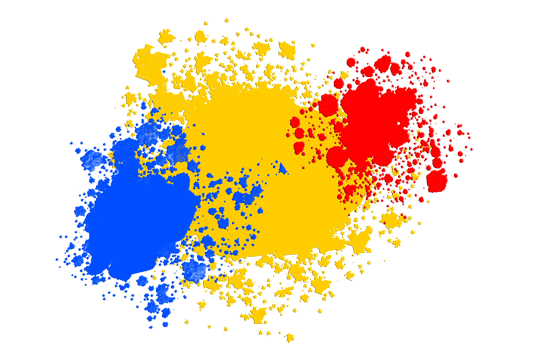
The Battle of Conscious Perception
The separate areas used by the brain to form our conscious perception (identified by neurophysiology) are known to work together to provide us with mental images of the world around us. But these areas do not work together and function quite as seamlessly as we believe them to. We don't often question how effective our sense of perception is, we merely go along with it. Conscious perception isn't normally questioned unless we show very obvious symptoms that reveal a cognitive error, for example: a loss of object recognition.
The brain co-ordinates these separate areas that perceive colour, form, texture, motion, space, sound, tone and a variety of emotions to produce a picture of the 'whole', that we understand to be the reality that surrounds us, and we believe what we are seeing to be 'true'.
Our brains are not conditioned to see things accurately for what is really there. We have adapted our thought processes to perceive only the amount we need to, our lives are busy, our senses are constantly bombarded with information that we are having to process at a rapid rate. We 'see' what we need to see, we get the meaning we looked for and expected and we move onto the next thing.
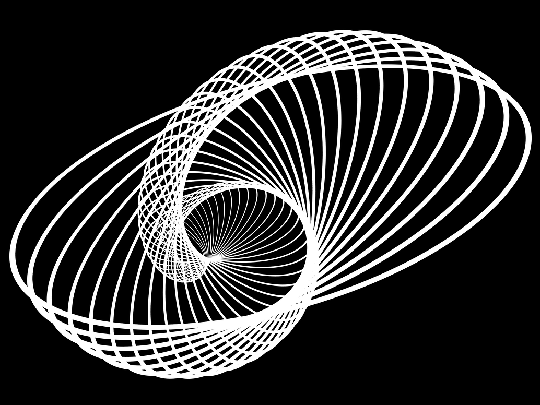
When looking at a 'whole' image of reality it reveals that although the brain has these multiple areas that generate conscious perception, it only activates the areas for what it needs. The areas are never each and individually fully active, they are not forced to act independently, instead they collaborate as if on automatic pilot. The 'autopilot' is the balancer, it controls how the areas of the brain function together to generate our balanced perception, and how much of each area is called into play when necessary. The 'autopilot' has adapted our sight and assumptive visual orientation occurs.
When we try and portray reality as it really is in artistic communication, a realisation is made that our ability to comprehend the 'whole' is distinctly flawed. Artistic practice has then become a broken analysis of the real.
The real is explored and portrayed in segments, where artists develop an awareness of how to portray a specific area; form, light, colour etc. Mentally the 'whole' has been viewed as too problematic and complex to take on, and those that have tried it, have only got so far and their autopilot has remained on.
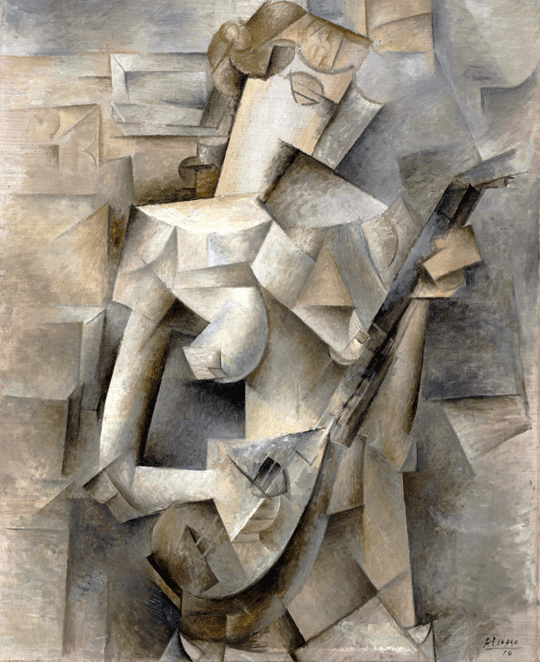
When you concentrate on what you are really seeing and you try and represent what you are seeing through artistic endeavour, you encounter the push and pull of activity between the perceptive areas of the brain. This pushing and pulling must be balanced if 'reality' is to be captured, otherwise what you are representing becomes distorted (brighter colours are shown, line is exaggerated, perspective does not work etc.).
Typically this distortion causes frustration for the person, and they give up; 'I can't draw to save my life' is commonly said. To some people this generates a curiosity that is followed and explored and they are known as abstract artists. For the curious, this results in selective areas in the brain (that generate perception of light or colour or line or edges or emotion etc.) becoming more active than others, so the person's 'sight' is more focussed, biased, attracted and acutely aware of selective aspects of reality, which they then chose to communicate through their art.
The driving force behind Dynamic Realism is the pursuit to achieve the most fantastically complex illusions of reality, to see and understand reality so deeply that Abbey can successfully represent it on canvas and paper to the extent that it will astonish in its believability. There is no room for distortion, she was to remain frustrated by her inability to 'see' except, the thought processes learnt through the management of her dyslexia, gave her the key she was looking for, and that key meant she could turn the autopilot off and learn to 'see' again.
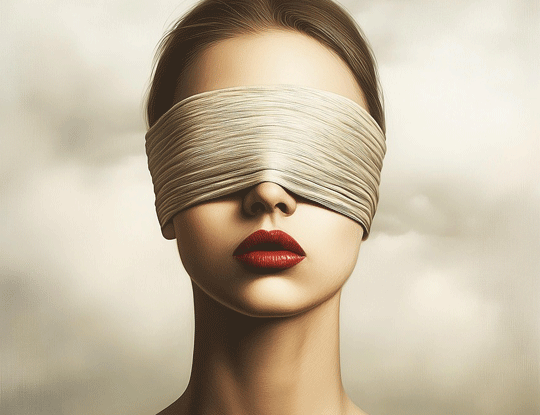
Disabling The Auto Pilot
What happens when you switch off the autopilot? Well at first you can't, but this is viewed not as a barrier but as a start point from which to build awareness of how it works. (To change how an engine operates, you must first learn how the current one runs, to allow you to create an agenda for change.)
Your brain is a complex environment in which endless messages are collaborated together that result in the outputs of feeling, action, thought and comprehension. Abbey’s entire attention was focussed on the areas of the brain that process and perceive images.
What are the individual elements that make up reality? How can each element be understood individually before trying to combine them?
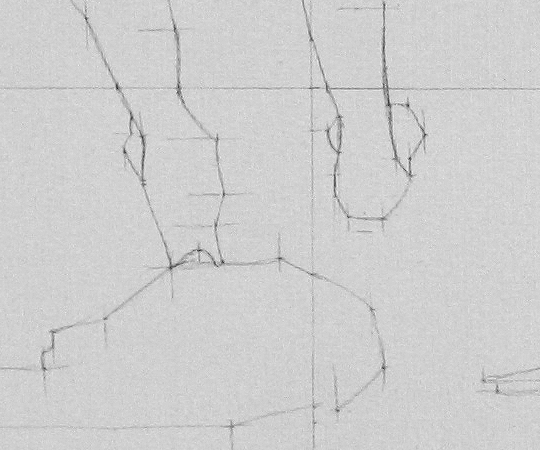
Decoding Reality
Abbey segmented the components that make up what we 'see', and studied how they interact when recorded on the page, with autopilot on. From this, tests or exercises were given to shake up the normal method used by the brain to relay information about what is seen. Aspects the brain used for reference (colour or perspective or the object itself) were taken away, so certain areas of the brain that make up sight were isolated and separately made to engage and perform.
She began to build up a picture of the attributes of reality and how these attributes effected each other to cause distortion or alignment, this built up a sharpened awareness of when distortion occurred, even to the smallest degree. She gained knowledge of what effect space had on the elements surrounding it at and how the elements were 'seen' as a result of space, how colours when placed together created illusions of other colours, how colour effects space, space effects form, form effects tone, tone effects colour, texture effects form, space effects texture, texture effects perspective, colour effects perspective etc...
A mathematically accurate drawing that identifies the relationship between component parts within a composition is mapped out. This takes a long time because it is the backbone of the artwork; to get this bit wrong would have a dramatic distorting effect that would be recognised and have to be resolved at a later stage. The mathematical drawing is done by hand, no projections on to the surface are ever used. It is a purely mental exercise that importantly starts the relationship she has with the composition
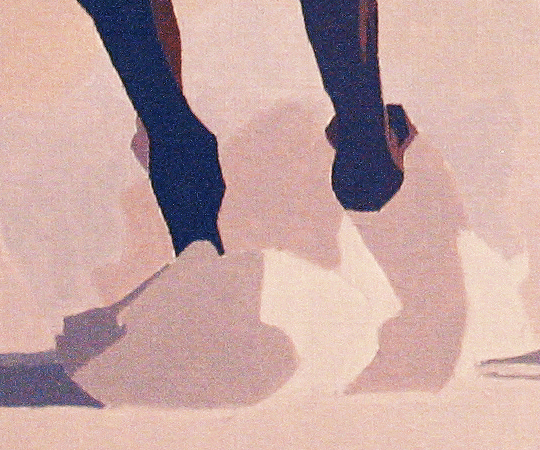
When looking at reality, one cannot really 'see' it without this understanding of the elements and the cause and effect they have on each other. Linear thought processes and the use of memory (based on what you have seen before) are useless and interfering when it comes to understanding what is really in-front of you.
Dominant planes of colour are identified and 'blocked' in to get rid of interference from other colours not represented in the reality being constructed. This opens up a tonal awareness, and how the depth perspective could be developed. This is not about the accuracy of the refined colours.
Reality is a complex web of inter-connected relationships, it is only when you understand relationships in this way you can have a hope of reconstructing a representation of 'reality' in a work of art. Just because Abbey recognised the elements of reality and their inter-connectivity, it did not mean she could just produce a representation of it - she had to have a formula.
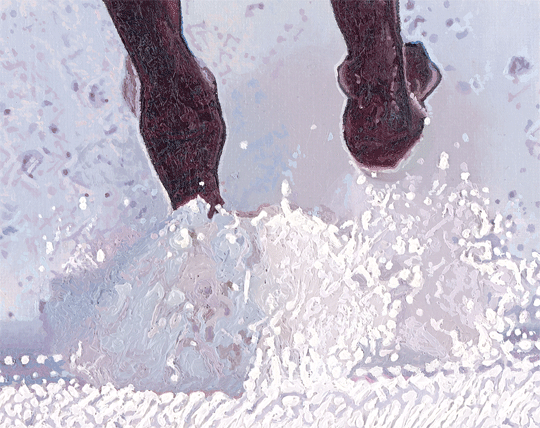
From the decoding process Abbey had learnt patience and a greater depth of awareness. The formula would have to be a method of calculation that prevented and signalled when distortion of an element happened. The formula is necessary because of the huge amount of concentration required to produce an accurate representation of the real. To try it without one, would make it impossible.
The planes are refined down until the focused major work can begin. Small areas are worked up to a point of perceived accuracy, then left alone to be readdressed at a later stage. When more of the surrounding areas are nearer completion, they give a more accurate impression from which to judge completeness.
It becomes a rigorous and exhausting cycle of focus, application, checking and cross checking.
The Dynamic Realist formula is a mental map that turns into the physical map on the paper or canvas. Abbey uses this map to navigate the elements of the real and discover the territory of the subject depicted.
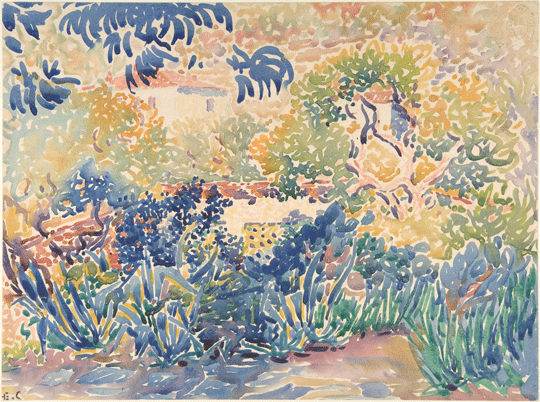
Unexpected Recoding Results
As the composition takes shape something strange begins to happen, which is hard to put into words. All Abbey’s artworks contain an energy, whether the subjects are moving or not.
It is the same type of energy captured by the best abstract artists, they find this energy when, through spontaneous action, they manage to capture an aspect of the real that resonates with the viewer, this can be the beauty of a single line.
The Dynamic Realist formula by default generates this energy, it seems to come out of the deep awareness it forces of reality and it means it is possible to achieve the same sensation of energy through a calculated rather than spontaneous transference.
Dynamic Realist artworks have the appearance of flow, because of the rendering of the paint and graphite, movement and attitude of the subjects depicted. If the art works were pure exercises in mathematics they would not show this, the work would appear static and dead. This has proved that flow does only not come out of spontaneous feeling and application of media, but it is possible to construct flow through a process of deliberate and applied cognition. Flow becomes possible when access to a pure level of consciousness is achieved and relationships are understood.
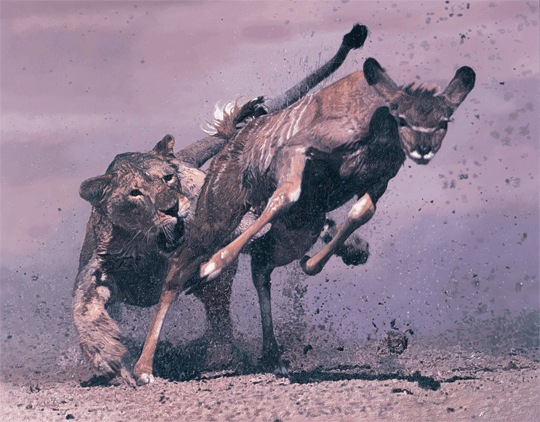
Further discoveries in the recoding process were found when considering the capabilities of the media Abbey was using and how people perceive form. This gave her the opportunity to explore three-dimension. This became particularly interesting and effective when trying to capture complex illusions of motion and a deeper sense of perspective.
The exploration of time and the mechanics of motion have become a hallmark of Dynamic Realism, but Abbey would never have been able to understand how to capture time or motion effectively without the backbone of the Dynamic Realist formula and it has only come with practice and deeper contemplation of the interconnected relationships that make up reality.
As Abbey’s skills at decoding develop she is now testing her abilities to create elements of enhanced constructs of reality to see how far she can push her comprehension of 3-dimensional illusion within the perspective.
Dynamic Realism has succeeded in moving people away from their expectations linked to previous realist depictions and the perceived capabilities of both graphite and oil paint. Abbey provides works of art that mirror back 'life' in a way that strikes a deep resonance and holds a fascination.